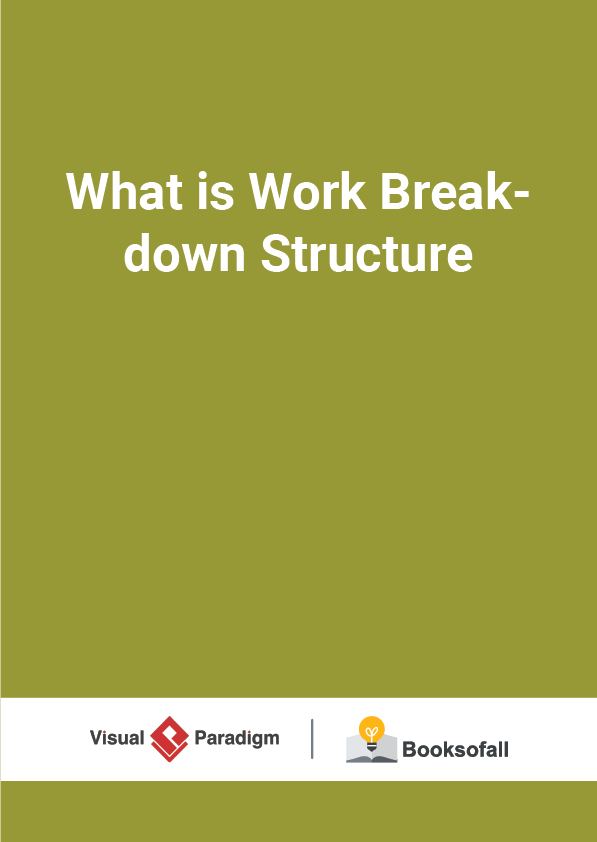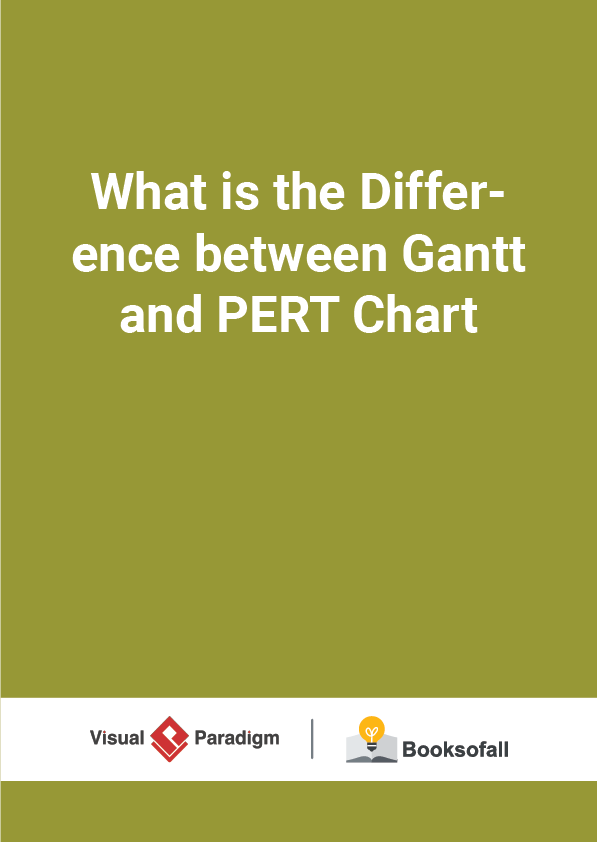PERT Chart – A Comprehensive Tutorial
8-10 minutes
Program Evaluation Review Technique (PERT charts for short). A PERT chart is a project management tool that provides a graphical representation of a project’s timeline forbreaking down the individual tasks of a project for analysis. The technique was initially developed by the Navy in the 1950s for the Polaris submarine project. Today, PERT charts are used by teams across industries looking to plan and execute their projects more effectively.
Why and When to use PERT for Project Planning?
Complex projects require a series of activities, some of which must be performed sequentially and others that can be performed in parallel with other activities. This collection of series and parallel tasks can be modeled as a network to illustrate how those tasks and milestones are prioritized—i.e., their precedence.
A PERT chart is usually created after most of a project’s tasks have been identified. PERT analysis is best performed near the end of project planning because you need to have at least a basic idea of which tasks are critical and which are less so. Project managers can use PERT charts to:
- It facilitates identification of the critical path and makes this visible
- It provides visualize project activities and their dependencies offering possible improvement opportunities and optimization of the project plan
- It helps to identify the early start, the last start and slack for each activity
- It allows project managers to do ‘what if’ analysis of project activities.
How to Identify Tasks and Activities for Projects?
Managing large-scale, complicated projects effectively is a difficult problem. The first step in planning and scheduling a project is to develop the work breakdown structure(WBS) for identifying activities that must be performed and their beginning and ending events. We also need to identify time, cost, resource requirements, predecessors, and people responsible for each activity and thus a schedule for the project than can be developed.
A Work Breakdown Structure (WBS) is a decomposition of all the work necessary to complete a project which is arranged in a hierarchy and constructed to allow for clear and logical groupings, either by activities or deliverables. A Work Breakdown Structure is acritical tool for organizing work, building realistic schedules and cost estimates, and controlling, which is a grouping of project work elements to organize and subdivide the total work scope of a project.
Work Breakdown Structure Diagram
The Work Breakdown Structure (WBS) is developed to establish a common understanding of project scope. It is a hierarchical description of the work that must be done to complete the deliverables of a project. Each descending level in the WBS represents an increasingly detailed description of the project deliverables.
The first two levels of the WBS (the root node and Level 2) define a set of planned outcomes that collectively and exclusively represent 100% of the project scope. At each subsequent level, the children of a parent node collectively and exclusively represent100% of the scope of their parent node. Here is a Work Breakdown Structure example:











